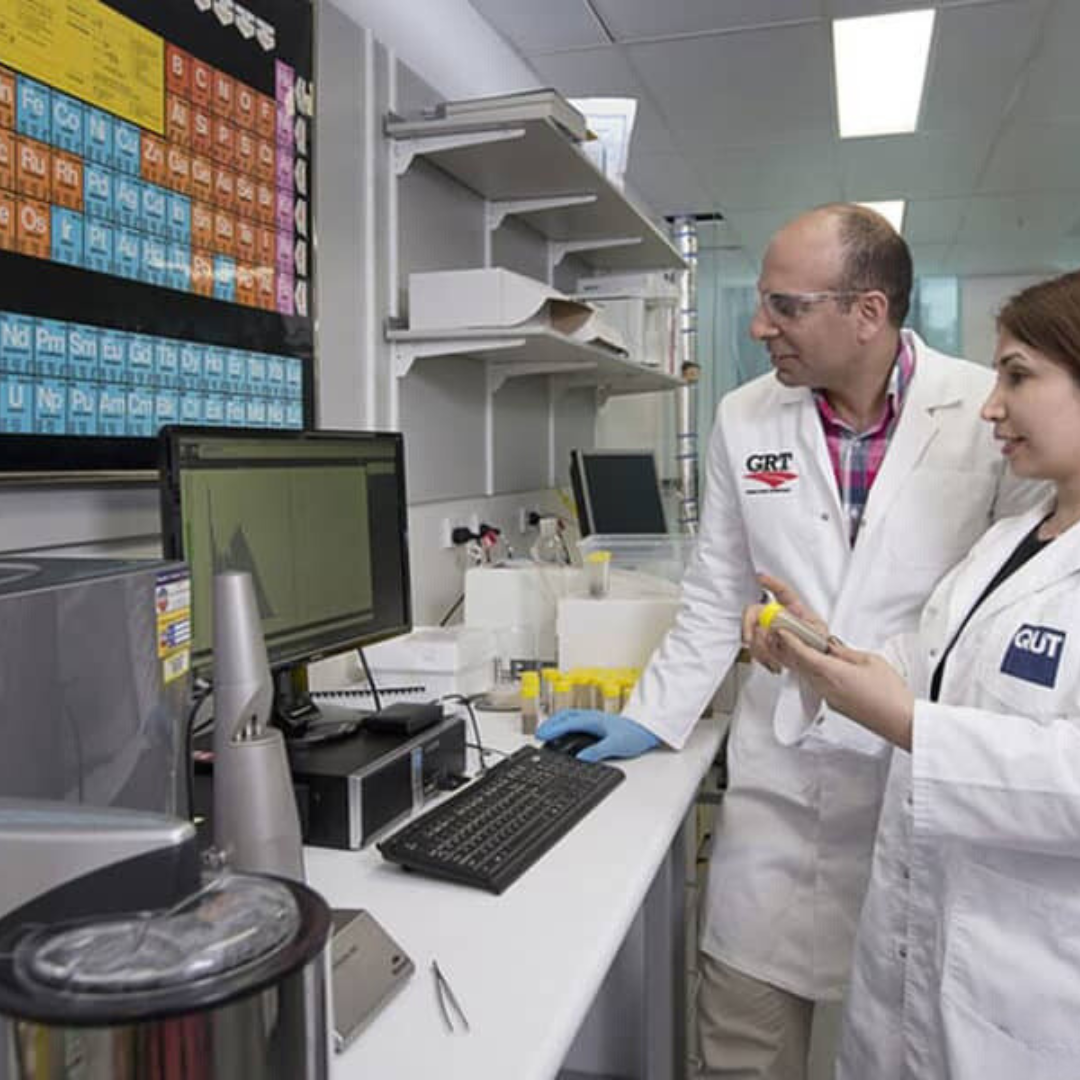
A novel dust testing approach, pioneered by researchers at the University of Queensland, presents a more effective safeguard for workers against diseases such as black lung and silicosis. Nikky LaBranche, the head of the Dust and Respiratory Health Program at the Sustainable Minerals Institute, highlighted the increasing incidence of dust-related lung diseases, particularly among young Australians, prompting the need for a fresh approach.
LaBranche explained, “Current dust and silica exposure monitoring relies on particle weight, but this approach overlooks crucial details that we now recognize have significant health implications.”
“The methodology we’ve devised delves into particle characteristics, including size, shape, mineral composition, and their propensity to aggregate. These aspects were previously challenging to assess due to cost and technology limitations. However, we utilized a specialized instrument, the Mineral Liberation Analyser, akin to a scanning electron microscope. It allows us to measure individual particle size and shape while creating a mineral map across them.”
“This is pivotal because lighter and smaller particles are more easily inhaled and pose health risks, a facet often neglected in traditional weight-based testing. Additionally, we observed that the mineral composition of dust particles, small enough to enter the lungs, differs from that of the dust source, as certain minerals more readily fragment into the concerning size range.”
Since 2019, Queensland Health has documented at least 885 cases of dust-related lung diseases among workers in Queensland, primarily in the mining, quarrying, construction, and manufacturing sectors.
LaBranche pointed out that within each industry, workers may encounter dust particles of various mineral compositions and sizes. She noted, “Several mining operations have already reached out to UQ for this testing to gain a better grasp of dust-related risks at their sites. UQ is now extending this service to industries that could benefit from such invaluable insights.”
Co-author Professor David Cliff from SMI emphasized that this innovative methodology would also contribute to research on the link between particle characteristics and the development of respirable dust-related diseases. He stated, “By comprehending the mineralogy and shape of respirable dust particles, we can simulate their impact on the lungs, allowing us to more accurately identify risk factors for workers and customize effective preventive measures.”
One of the most prevalent approaches for dust mitigation involves the addition of water to the material until it reaches its optimal dust extinction moisture level (DEM). DEM represents the moisture content scale at which the dust number is 10, serving as a benchmark for establishing the ideal dust/moisture relationship to control dust. This task is particularly demanding for coal and iron ore, as they necessitate a substantial amount of water to attain the desired DEM. Presently, the addition of water to mined material until it reaches the target DEM is considered the most effective means of dust mitigation in coal and iron ore mining, while still adhering to stringent dust control regulations.
Nevertheless, water poses challenges in mining due to its status as a valuable resource. Furthermore, logistical constraints render wet mineral extraction impractical and unsustainable in numerous regions across the globe. This creates a dichotomy where coal and iron ore mining require substantial water volumes to minimize dust, yet excessive moisture can adversely affect the material, resulting in increased weight and stickiness, without delivering significant additional benefits, except for dust prevention further down the line.
Although maintaining moisture content close to the DEM is advantageous for reducing dust emissions, there’s a high likelihood that excessive water may impact the material’s quality, leading to handling issues not only at the mine but also during transportation and storage. These problems can ultimately affect product quality for end users.
The primary objective is to attain optimal DEM levels for dust suppression while meeting stringent health and environmental regulations in a cost-effective manner, all while maintaining material quality for processing and manufacturing.
Coal and iron ore mines often encounter difficulties in achieving the required DEM levels. Consequently, Australian coal mines are exploring alternative methods to achieve optimal DEM instead of solely relying on water. This endeavor can be costly and carries the risk of overwatering the material during dust suppression activities in storage, transportation, and transfer points.
These mines are striving to attain optimal DEM levels to meet dust control mandates efficiently and economically while preserving material quality throughout the entire supply chain, from the mine site to the end user customer. Key for mine site operators is gaining the ability to control the moisture content in mined material, allowing them to manage fugitive dust lift-off without depending exclusively on water for the job.
Dust suppression is a critical issue in the world of mining and resources.
Learn more about GRT’s industry-leading and IoT-connected SMART Dosing Units, and discover how we’re driving better dust suppression solutions for all!
If you’d like to talk with an expert, simply contact us!
Your feedback is important to us.
If you enjoyed reading this Global Road Technology industry update and found it informative, please let us know by leaving a REVIEW.
Reference:
https://www.worldcoal.com/coal/03012024/the-dem-sweet-spot/
https://www.uq.edu.au/news/article/2024/01/uq-develops-tool-identify-dust-lung-disease-risk
Are environmental regulations, health and safety concerns or potential profit loss a concern right now?
Contact Us Now